
This plant is pet safe
We have researched this plant using reliable sources and it has been deemed non toxic to pets.
However, like anything that isn’t part of the natural diet, it may cause an upset tummy if eaten.

Care Instructions Included
Our plants come with a QR code for easy access to our care guides.
Or, simply use the care guide generator on any plant product page to instantly create your own handy care guide!
Carnivorous Butterwort Pinguicula Anna 8cm pot
Carnivorous plants fall into the category of weird, wonderful and downright fascinating. Mesmerising houseplant owners of all ages with their striking appearances and fascinating adaptations to capture and feed on insects and small creatures. It is no wonder they have held their popularity for decades.
Pinguicula, commonly known as a Butterwort plant is a natural fungus gnat killer! If you have an issue with this pest this plant is for you.
Currently, some of our plants are in bloom.
£13.00
Out of stock
Description
The best place to start with carnivorous plants is by understanding their natural habitat and how their environment has led them to form such unique adaptations. Carnivorous plants have been on the planet for a long time, around forty million years and have been found on almost every continent and tropical island with Antarctica being the only exception.
Carnivorous plants are typically found in areas that are high in natural light and moisture, as well as water-logged areas like swamps where the nutrients in the soil are virtually non-existent. Many of their strange adaptations have been formed from this lack of nutrients.
All plants need basic nutrients to survive and without them, they don’t stand much of a chance.
Nitrogen and phosphorus are two of the most important nutrients plants need, nitrogen is the main component in chlorophyll which plants use for photosynthesis. The other is phosphorus, which is needed to make this process possible. Plants use phosphorus to take in, store and convert the sun’s rays. Without it, they would be unable to use the sun’s energy to create the biomolecules (proteins, amino acids, DNA) they need to grow and reproduce.
Carnivorous plants have adapted over millions of years to get these essential nutrients from their environment. Unable to get these nutrients from the soil they have formed traps to capture insects and small creatures that are rich in the nutrients they lack.
There are approximately 600 different species that fall into the Carnivorous plant category. These different species have found ways of attracting, trapping, killing, and absorbing their prey purely to extract the nutrients they need for survival.
Most carnivorous plants will use bright colours, distinctive smells, and sticky surfaces to attract insects but there are some key mechanisms that make up the variations of carnivorous plants and most species can be spread across these different hunting strategies
- Snap traps use rapid leaf movement to snap shut and capture their prey.
- Bladder traps suck in their prey with a small internal vacuum.
- Pitfall traps entice prey into a small rolled-up leaf with digestive enzymes.
- Flypaper traps utilize sticky mucus to trap their prey.
- Eel traps use inward-facing hairs to force their prey towards the digestive organ.
Click here to check our care instructions to find out how to look after your carnivorous plant.
Would you like to learn about carnivorous plants? Check our article here.
Pet Friendly
Additional information
| Plant Genus | |
|---|---|
| Plant Features | Easy Care Plants, Pet Friendly Plants, Rare And Unusual Plants |
| Light Requirements | |
| Plant Size |














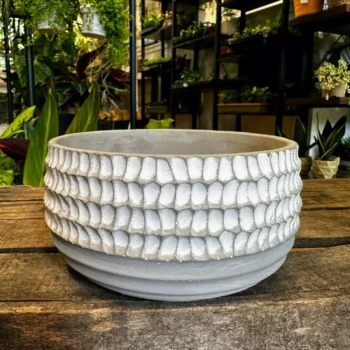
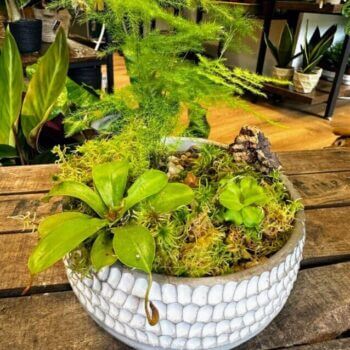
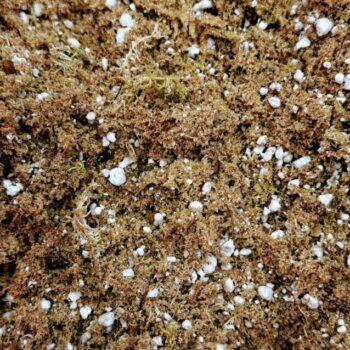

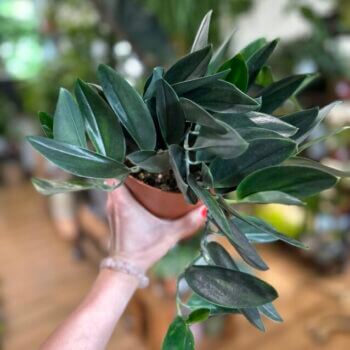
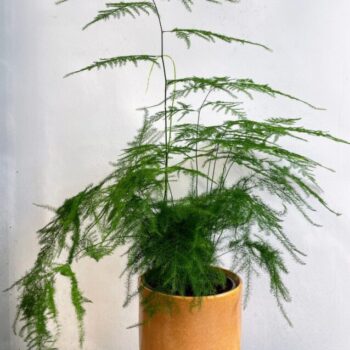
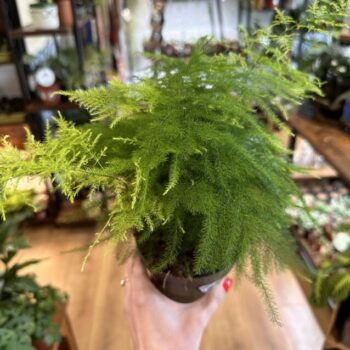
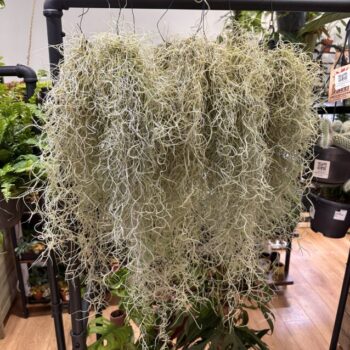
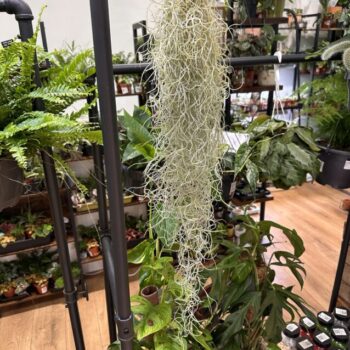
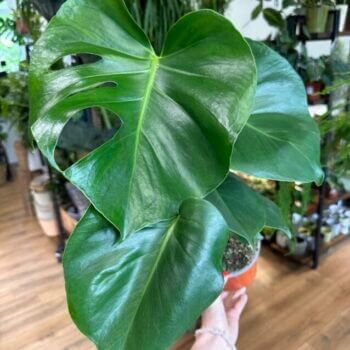
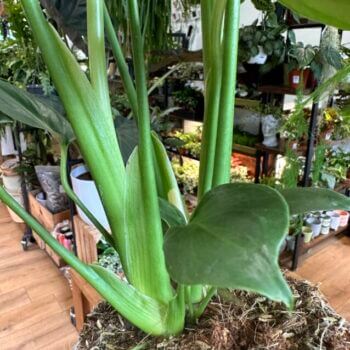


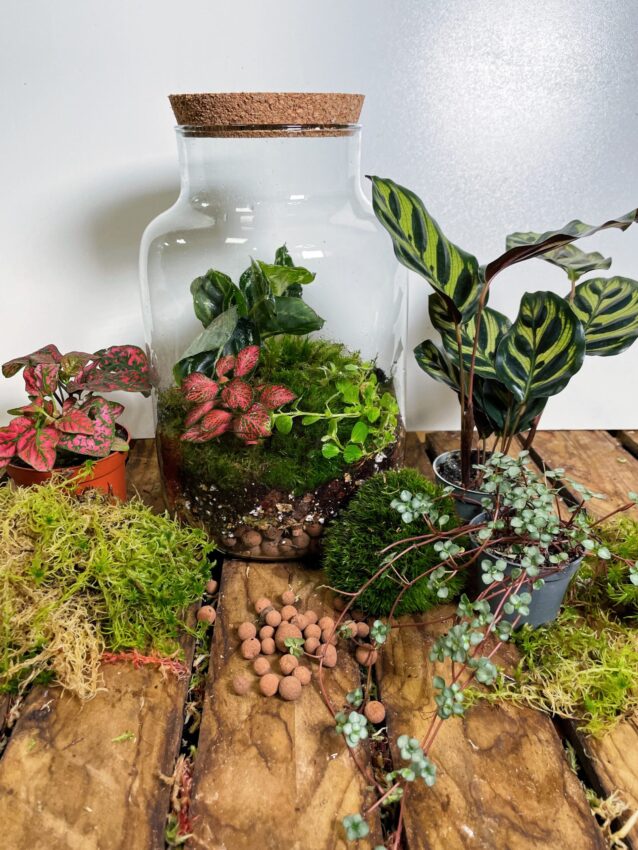
Healthy looking plant
Unsure if this plant is healthy? You take great care in protecting plants with packaging and I take equally great care in removing the packaging. While doing this the plant lifted out of the pot and there did not appear to be any roots showing – is it normally shallow rooted? It also appears in to be turning yellow.
Thank you for so lovely review!
I wanted to explain the rooting system of carnivorous plants, especially pingu or drosera have very shallow roots and that is totally natural. Those plants grow in low nutrient environments and take most of energy from photosynthesis and absorbing bugs so don’t need extended roots system.
Pale colour of leaves is caused my semi-dormancy during winter when plants loosing slightly color and growing slower. That is this the reason why the plant was on sale, I did explain this in the listing but it’s easy to skip the part:
„ Our plants are currently on sale during their natural dormancy period. Although they are undergoing seasonal changes in appearance, they remain healthy and grow well. To see their current state, please refer to the last picture as an example. It’s important to note that these plants, due to their unique seasonal appearance, are not eligible for return or refund.”
I hope it will explain why pingu has pale leaves and short roots. Please let me know if it helps, and if you have any other questions please let us know!